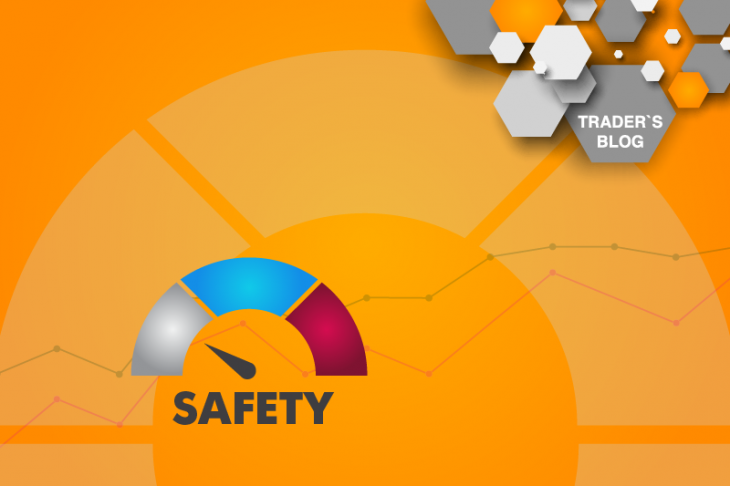
Safe assets and how to trade them in the Forex market
Safe assets on the Forex market are the opposite of risky assets and are a very stable asset. The demand for it grows in the face of increasing risks, uncertainty or any other situations that provoke investors flight from risks. Safe assets or safe haven assets in the Forex market include such currencies as the Japanese yen and the US dollar, less often the Swiss franc, gold and the euro.
The concept of “safe asset” is very relative and applies in specific cases, since there is no one fully insured against a decline in currency, raw materials or another asset. The concept of safe assets is used in periods of growth of various kinds of risks in the market, which are very common. These assets are least exposed to certain negative conditions that can be traced in the market.
Over recent years, the Japanese yen (JPY) is considered the main safe haven currency due to the stable economic policy of the Bank of Japan, stable economic growth and the absence of significant political scandals. Previously, these currencies also included the Swiss franc (CHF) and gold (XAU), but due to the significant peg of the franc to the euro and some peculiarities, these assets significantly weakened the position of safe assets.
The US dollar (USD) and the euro (EUR) are safe assets conditionally. These currencies can act as currencies of a safe haven in those conditions when the possible risks do not affect any particular economy directly or indirectly. So, for example, the US dollar gets notable support when negotiations on the UK leaving the EU come to a standstill.
But it is worth noting that safe haven assets often have low returns compared to risky assets, which also determines them. Therefore, in periods of economic stability, risky assets are under pressure.
Example of trading with risky assets
If we take stock indices as an indicator of risk growth in the market, for example, the DOW 30 index, then, drawing a parallel with the USD/JPY currency pair, we can see that with the weakening of the DOW30 stock index, risks are rising and the Japanese yen is strengthening against the US dollar.
It is also worth noting that the correlation between this pair and the index is not always significant. This is explained by the fact that there are many factors affecting the dynamics of the USD/JPY pair and the DOW 30 index. And the risks that put pressure on stock exchanges can also support the US dollar. Because the US dollar can also act as a safe haven asset.
Anton Hanzenko